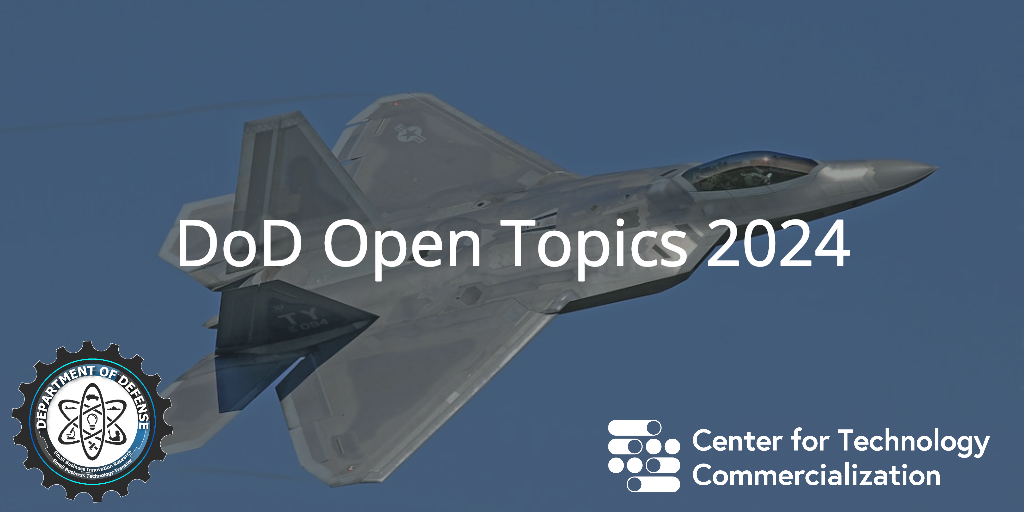As we work to promote Wisconsin companies in securing Department of Defense (DoD) SBIR/STTR contracts, we encourage our clients to become familiar with the review process.
Unlike other agencies, such as NIH or NSF, the DoD is much more closed when it comes to the workings of their reviews. They do not typically have ad hoc peer review panels made up of scientists and business people from the community at large. Instead the review team is made up of individuals internal to the DoD who are intimate with the particular topic of interest. The difference in approach is primarily related to the fact that the DoD sets forth these topics in order for them to procure technology from the winning teams. The DoD is the final customer and their reviewers are intimately familiar with the problem they want solved. While it is somewhat secretive, we have discovered that the reviewers likely include the Technical Point of Contact (TPOC) as well as scientists associated with the respective component Research Laboratories. Reviewers could also include Defense Department personnel who are affected by the problem and are stakeholders in the selected solutions.
Typically, each topic will have 2-3 or more awardee companies who will work toward Phase I feasibility and eventual Phase II funding ultimately leading to a procurement contract. While TPOC’s and reviewers might have a company in mind for funding, the topics are not set aside specifically and only for a particular company or technology. Because procurement is the ultimate goal of the DoD SBIR/STTR program, the selected companies are typically better established with a higher Technical Readiness Level than a startup that might be likely funded by another agency. Essentially, the DoD wants the technology to be available long term, so they are less likely to tolerate both high technical risk as well as high business risk. As a result, applicants are reviewed and judged on their technical and business teams as well as past execution of bringing products to market.
Initial reviews include a matrix involving not only the teams as well as execution, but also the quality of the grant application and the quality of the data presented. These categories are assigned qualitative measures (I.e. Unsatisfactory, Marginal, Satisfactory, Superior) to allow for ranking of the applications. Once the initial review is complete, the prospective winners are moved to a secondary review to ensure they meet the review criteria and any administrative issues are ironed out. If all goes well, contract negotiations will ensue, followed by a signed contract and initiation of the project.

